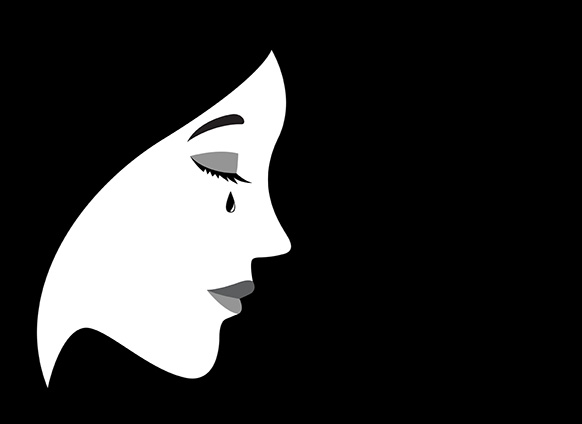3 Practical Ways to Use Rejection to Build Resilience
1. Improve your emotional granularity.
Making nuanced distinctions between emotions makes us more resilient. Through developing and maintaining emotional granularity, we can gather more data on how to adjust our behavior to circumstances. The bigger our palette in describing emotional concepts, the more nimble our responses become when faced with difficulties, including the pain of rejection.
Reading fiction and learning foreign words for emotions are some of the ways we can improve our emotional granularity. There are also emotional intelligence tools to help us build a larger palette through the regular practice of emotional self-awareness:
- Mood Meter helps you expand your emotional vocabulary and regulate your feelings.
- Inside Feedback builds self-awareness with check-ins, journal entries and measured progress.
- Emotion Wheel lets you track your feelings so that over time, you will be able to see your emotions, feel them and respond appropriately.
2. Perform a rejection ritual.
Rituals have been part of the human existence for thousands of years. According to research, rituals reduce anxiety and improve confidence.
If you have just received a painful rejection, you can take a page from one of my writer friends and begin a rejection ritual of treating yourself to a smoothie and a small plant. She’s lost weight and her office looks like a lush greenhouse.
A more powerful approach is gathering a community of peers, as our ancestors did, to join you in the “ceremonies.” Ideally, you receive so much support and encouragement from your friends and family, that by the end of it, you actually begin looking forward to your next rejection. In this age of isolation, bringing people together not only benefits the recently rejected, but everyone involved.
3. Maintain a basic body budget.
When we anticipate bills, we put sufficient funds in our bank account. This helps us maintain financial health. Similarly, the body continuously predicts expenditure and uses available resources to match those predictions. Those of us with better body predictions are more equipped to deal with adversity, such as the distress of rejection.
Some of the most obvious steps in sustaining a healthy body budget are getting enough sleep, eating well and exercising. Think of a good night’s sleep, a nutritional meal or a workout as a generous deposit in your account. These healthy habits help balance chemical secretions affecting emotions, so when you receive that rejection letter, phone call or, worse, silence, your body is prepared for the withdrawal, to respond to the pain of rejection. Spending time with people you enjoy, meditation and laughter are other ways to fortify your account.
Of course, there are times when we cannot control our circumstances. That’s when the women of my childhood decided to change their perspectives instead. They transformed the food ration lines into poetry meetings, made the basement into a makeshift comedy club during air raids and sang while cooking. When the heartache and frustration became too much, they cried, teaching us that shedding tears makes our souls lighter.
By changing your perspective, you can change your relationship with rejection. Think of it as a workout. Sore muscles don’t stop us from exercising because we have learned to categorize the discomfort as a “good pain.” Similarly, we can see a “no” as part of the journey to getting a “yes” from even a better source. Rejection, then, becomes a good indicator for the number of risks we take in life. We build our rejection muscles, and in turn, rejection rewards us by making us more enlivened, engaged and resilient.
Source: success.com


Comments